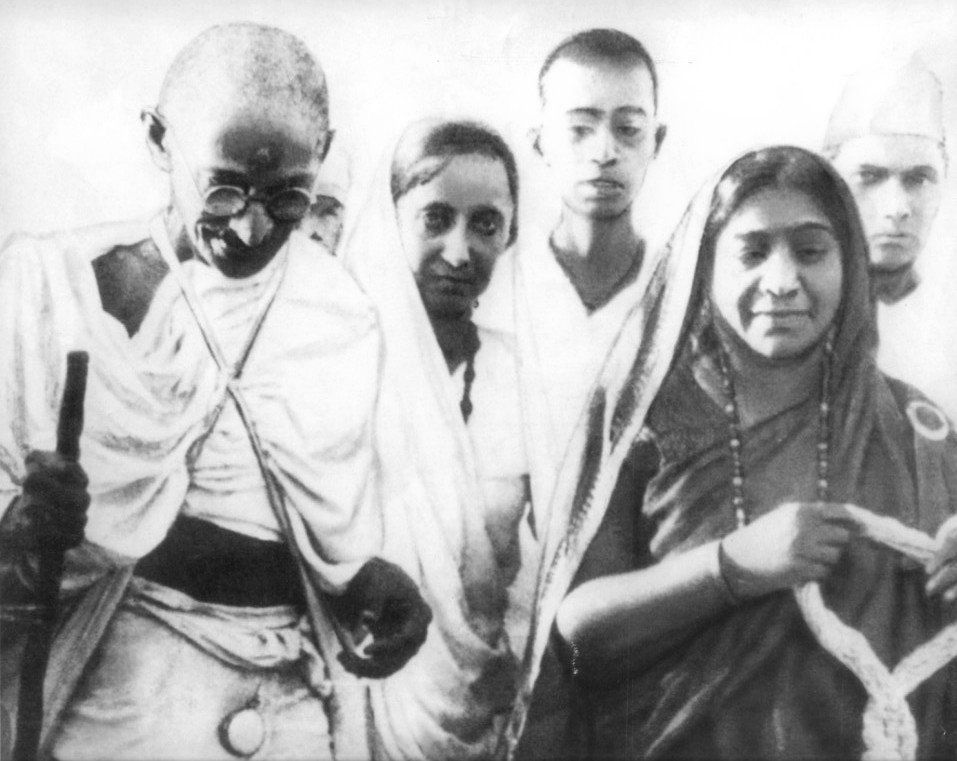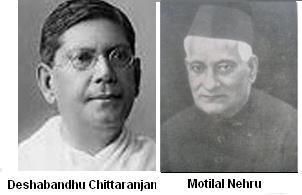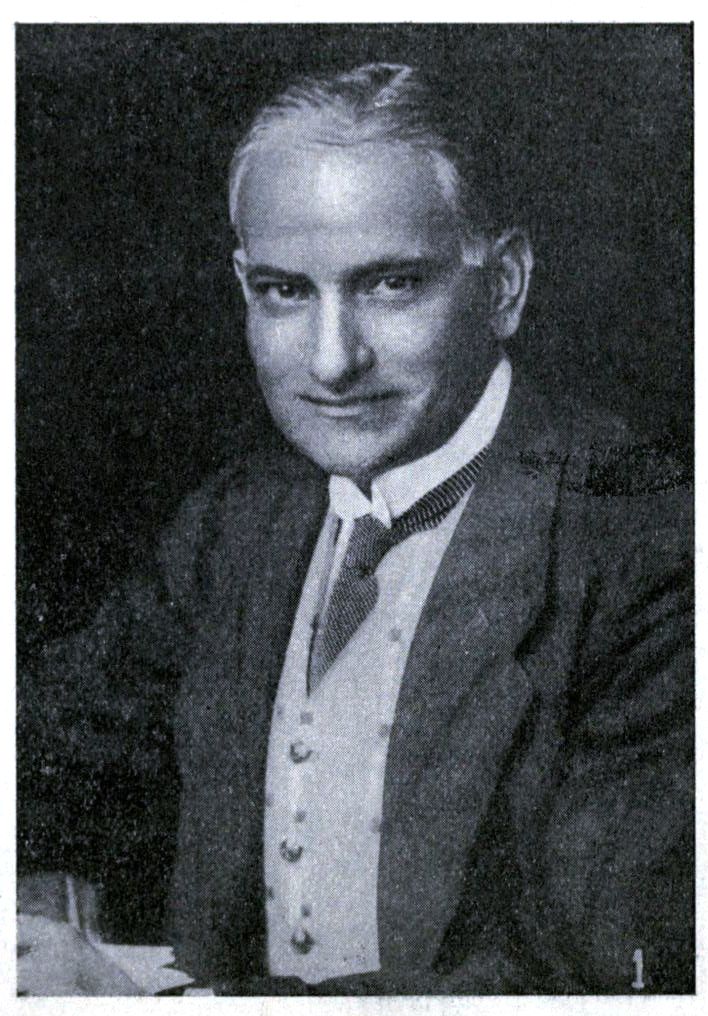
Kanpur Session, 1925
Sarojini Naidu became the second woman to preside over the Congress after Annie Besant. She said during her presidential address: 'How shall I stir your hearts, how shall I light that flame that cannot die, so that your slavery, so that your disunion, so that all the things that make you hungry and naked and forlorn, oppressed and battered 'will be burnt in that undying fire?'

Gandhi-Nehru-Das pact
To end the infighting within the Congress, a pact was signed between Gandhiji on one hand and Motilal Nehru and C.R. Das on the other whereby the Congress accepted that the Swarajists were in the Councils on the Congress's behalf. In return, the Swarajists agreed that only those who spun Khadi could be members of the Congress.

Fast for Hindu-Muslim unity
After hearing news of communal violence in Kohat and also in Amethi, Sambhal and Gulbarga, Gandhiji went on a fast for Hindu-Muslim unity on September 17, 1924, He ended his fast only after 21 days.

Congress Seva Dal
On January 1, 1923 the Seva Dal was established as the Hindustan Seva Mandal with Jawaharlal Nehru as its first president. According to the resolution at Kakinada, the Dal was to work under the supervision of the Congress party's working committee. Umabai Kundapur was the founding president of the women's wing of the Dal.

Council entry
At the Gaya session on 26 Dec 1922, Congress leaders debated on the merits and demerits of continuing its boycott of the government-created councils. While the 'no-changers' led by C Rajagopalachari and those loyal, suggested to Gandhiji advocated continuing the boycott, the Swarajists led by C.R. Das suggesting participating in the councils.

Kakinada Session, 1923
The Kakinada Session was presided over by Maulana Mohammad Ali, who was released in 1919 after spending five years in prison. 'Our Swaraj must be Sarvaraj: the Raj of all...Swaraj must be won by the minimum sacrifice of the maximum number and not by the maximum sacrifice of the minimum number,' the Maulana said during his presidential address.

On war-footing
On 26 Dec 1920, at its Nagpur Session,, the Congress sought to intensify the Non-Cooperation Movement. It urged merchants to boycott any foreign trade relations and urged government servants to help the national cause. The importance of using non-violent means was reiterated. The party also made certain important organisational changes. The strength of the A I. C. C. increased to 350 and a Working Committee of 15 members was constituted.

Ahmedabad Session, 1921
Hakim Ajmal Khan was unanimously elected to preside over the Session in the absence of C.R. Das, who was in jail. Gandhiji was appointed as the sole executive authority of the Congress and invested with full powers of the AICC. Chairs and benches for delegates were eliminated and Khadi tents made their appearance for first time.

Amritsar Session
By holding its 34th Session at Amritsar on 26 Dec 1919, the Congress expressed its deep solidarity with the people killed in the Jallianwala Bagh massacre in the city earlier that year. Under the presidentship of Motilal Nehru, the Congress condemned the massacre in the strongest of terms.
Non-cooperation
On August 1, 1920, a non-cooperation movement was led by Gandhiji against the British for not addressing the widespread anger caused by the Jallianwala Bagh massacre as well as the Khilafat issue. Gandhiji exhorted the people to give up colonial titles and government posts and boycott foreign articles.

Gandhiji attends the Khilafat Conference in Delhi
Gandhiji and the Congresss joined the Khilafat movement launched by prominent Muslim leaders to protest against British designs against the Caliphate in Turkey. In the process, Gandhiji not only united the country across the religious divide, he also transformed the Congress into a mass movement.

Jallianwala Bagh Massacre
The Jallianwala Bagh massacre was a key moment in Indian History as on April 13 1919, British Forces, led by Brigadier-General REH Dyer opened fire on a crowd of close to 20,000 people in Amritsar, killing over a thousand.

Protests Against the Rowlatt Bills
On April 6, 1919, Gandhiji launched his first all-India Satyagraha against the Rowlatt Bills, which indefinitely extended 'emergency measures' to control public unrest

Special Session, Bombay
The Congress, at the Special Session in Bombay, termed the Montague-Chelmsford reforms as disappointing. It demanded a Declaration of Rights for the people of India and asserted that Indian legislatures should have the same measure of Fiscal Autonomy as the Self-governing Dominions of the Empire.

The Kheda Satyagraha
On March 22, 1918, Sardar Patel, under the leadership of Gandhi, launched a Satyagraha against taxes on flood-hit farmers in Kaira. It continued up to June 6, when the government agreed to the demands of the protestors

First woman President
The Congress got its first woman President at the Calcutta Session in 1917: Annie Besant. "To see India free, to see her hold up her head among the Nations, to see her sons and daughters respected everywhere, to see her worthy of her mighty Past, engaged in building a yet mightier future - is not this worth working for, worth living for and worth dying for? She asked during her presidential address.

Congress-League unity
The 1916 Lucknow Session represented the unification of the moderates and extremists within the Congress but also the closing of ranks between the Congress and the All India Muslim League. The League also held its session in the same city, Lucknow, that year.







